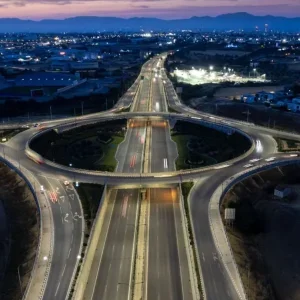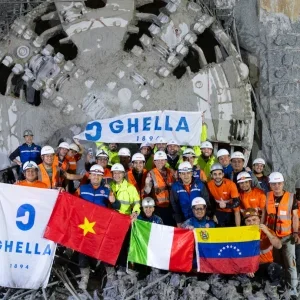The tunnels, between Sydney Olympic Park and Westmead, are part of the A$2.16bn (US$1.62bn) Western Tunnelling Package awarded in February to the Gamuda Australia and Laing O’Rourke Consortium, which contracted Herrenknecht to design, build and deliver the machines.
The two mega machines will use artificial intelligence software, developed by Gamuda, to automatically steer, operate and monitor several TBM functions.
While an operator remains in control, the autonomous system takes on all repetitive tasks from the operator with greater accuracy. The technology also allows the TBMs to be more accurate and precise, reducing the time required to excavate the 9km tunnels, therefore saving project costs.

While the TBMs look the same as others used on Sydney Metro projects, the technology means exact tunnelling speed and force are used. This lessens the impact on the equipment, reducing maintenance downtime.
The autonomous machines will join a fleet of TBMs that will build 24km of tunnels from Sydney’s CBD to Parramatta, with two TBMs scheduled to start tunnelling from The Bays to Sydney Olympic Park at the end of this year.
The two autonomous TBMs are expected to be in the ground by the end of 2023 to deliver the metro rail tunnels from Sydney Olympic Park to Westmead. Each autonomous machine is 1,266t, 165m long, and designed to excavate through sandstone and shale.
They will tunnel an average of 200m per week with a team of 15 workers per shift.







